 Abraham Lincoln
If given the truth, the people can be depended upon to meet any national crisis...
Abraham Lincoln
If given the truth, the people can be depended upon to meet any national crisis...
 Guildford news...
for Guildford people, brought to you by Guildford reporters - Guildford's own news service
Guildford news...
for Guildford people, brought to you by Guildford reporters - Guildford's own news service
Birdwatcher’s Diary No.102
Published on: 7 Feb, 2016
Updated on: 7 Feb, 2016
By Malcolm Fincham
Moving into the end of the January the weather started to turn mild once again. Unfortunatly for me however, with it brought more overcast conditions and rain.
Unabated by it I continued on my ventures. Meeting up with fellow manic birdwatcher, pal Dougal, we set out on the trail of a few more ‘new year ticks’.
For a change of scenery on we decided to visit Witley Common on January 24.
Not personally having great knowledge of the area, we arrived at a path that ran alongside a fenced-off area. It was there I spotted a bird perched alone at the top of a tall tree.
”Looks a bit like a great grey shrike,” I said, as I pointed it out. Raising our binoculars we confirmed it indeed was.
Was it the one that had been so elusive on Thursley Common in the last few weeks? With us being just across the A3 from Thursley this was quite a possibility.
Adding to our latest sightings, we accidentally flushed up a woodcock, getting good views as it flew a short distance away to the safety of some bracken. Not wishing to inflict it with any further disturbance just to get a photo, I’ve added one from my picture library.
We added mistle thrush, fieldfare, redwing, a greater spotted woodpecker, siskins and a few more common species to the day’s list which included a few goldcrests.
And even a small group of long-tailed tits.
We were able to pick out the rarer sight and even a brief call of a lesser spotted woodpecker, regretting that I wasn’t quick enough to get a picture of it. And so with daylight fading we decided to call it a day.
Confessing to my wife’s accusations of my ‘camera envy’ when seeing some of the photographers’ cameras and lenses as they arrive at some of the locations, we took advantage of a dry, sunny day, for a drive down to Farlington Marshes near Portsmouth. I continued try to convince myself that it is just not practical, too obsessive and far too expensive for the work I enjoy.
The tide was coming in on our arrival there, quite a few birds were being pushed off their island roosts by the rising tide, and this, combined with the sunlight being in my favour, gave me some good opportunities for some in-flight shots.
A practice shot of a black-headed gull still in winter plumage was a nice start to the venture.
While an attempt to catch a picture of some Brent geese, still wintering in there thousands at the reserve, also gave me a chance to attempt some manual focusing.
On the lagoon several small groups of pintail ducks could be viewed.
Other members of the regular wintering wildfowl contingent were present and easily viewable. Drake teal showing their iridescent colours in the sunlight.
Shoveler, unmistakable due to its large spatula bill.
Its wide-flat bill is equipped with well-developed lamellae – small, comb-like structures on the edge of the bill that act like sieves, allowing the birds to skim crustaceans and plankton from the water’s surface.
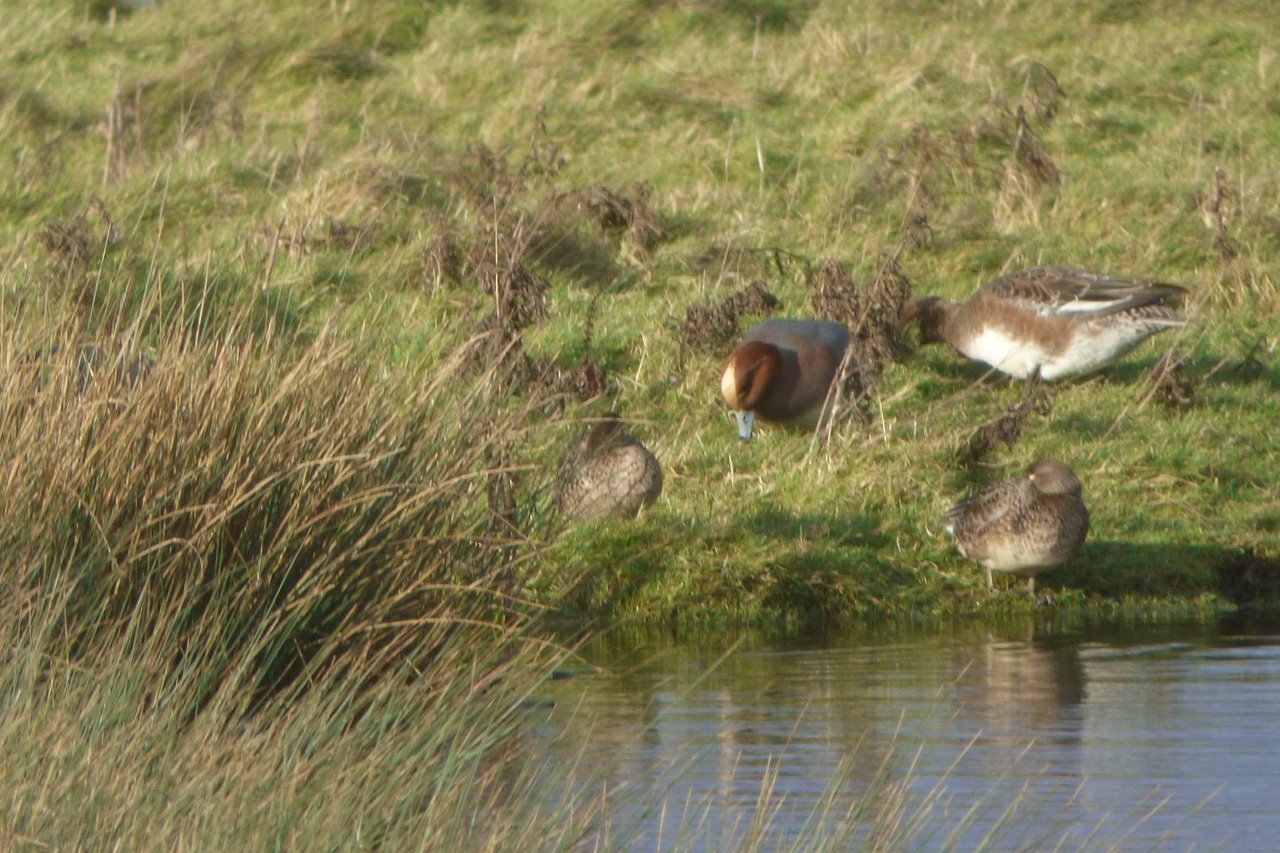 And wigeon, many of which visit the UK in winter from Iceland.
And wigeon, many of which visit the UK in winter from Iceland.
Adding to my year listings, two bearded tits briefly flew up from the vast reed beds near to the information hut, flying across the path, overhead, they they disappeared without further trace into the smaller reed bed behind the hut.
Lapwings and starlings flew up in a large flock, agitated by a common buzzard flying through.
A little way out in the harbour a ‘fling’ of dunlins held fast to one of the only spits that remained above sea-level.
Among them I was also able to pick out a few ringed plovers nestled in with the dunlins.
While several flocks in turn gave up their roosts and flew by into the inland lagoons.
On another small island a few oystercatchers could be viewed, their long, carrot-like bills showing well in the afternoon sun.
The reliable sight of a kestrel also showed well.
A little egret posed, statue-like, by one of the lagoons on one leg with its yellow clawed foot on show.
While several Skylarks could be seen in the fields.
The highlight, however, came at the end of my day as I walked back along the harbour wall, and with the tide at it highest, several ducks could be seen quite close by.
Among them were three red-breasted mergansers.

Red-breasted mergansers live in both fresh and saltwater and are usually found around the UK coastline in winter.
These members of the ‘sawbill’ family, although breeding on freshwater lakes and rivers, are more often seen in salt water coastal areas during winter months, than their close cousins the goosander.
Although goosanders also breed on rivers in the north and west of Britain, more often they can be seen wintering on lakes and reservoirs in southern counties of the UK. Identifying the two types of sawbills, can be pretty straight-forward when confronted with male birds. However, the females, or redheads as they are more often called, can be much more difficult.
It was by coincidence, that a few days later I got an invite from good friends Dougal and Bob, on a trip to East Horsley and Pennymead Lake, where a drake red-breasted meganser and eight or so goosanders had been recently reported by The Surrey Bird Club.

The male goosander has a dark green head, a black back and a long, red bill with a hook at the tip. The white sides and breast sometimes have a pink glow.
Feeling this was a good opportunity for some up-to-date photos of goosanders to show the difference between them and at the same time, for me, to see what was a comparatively rare ‘Surrey’ sighting of a red breasted merganser.

Male and female goosanders have different calls, with the male producing low-pitched croaking sounds in contrast to the harsh “karr” and cackle of the female.
Although quite distant when we arrived and the reflection off the water wasn’t in my favour, I was able to get some reasonable ‘record shots’ of both male and female goosanders.
And even pick out the drake red-breasted meganser on the far side of the lake.
With thumbs up all round on the views, we decided to move on. Heading for home, as the rare sight of the sun although by then low in the sky continued to shine, we decided to do a slight detour through Send, towards Old Woking.
Grateful for the fact that I had remembered ‘me’ wellie boots, we parked up in Tannery Lane. We walked across a footbridge over the River Wey and on to a very wet and muddy Papercourt water meadows, trying not to fall over, as I attempted a photo of three ring-necked parakeets, squawking as they flew over.
But it wasn’t long before we got to see what we had hoped for – a short-eared owl.

Short-eared owls’ flight is erratic to say the least. Often described as “moth-like”, it flaps its wings high in a slow, floppy fashion.
It was about 4.15pm that it first made an appearance, rising up like an apparition out of the long grass.
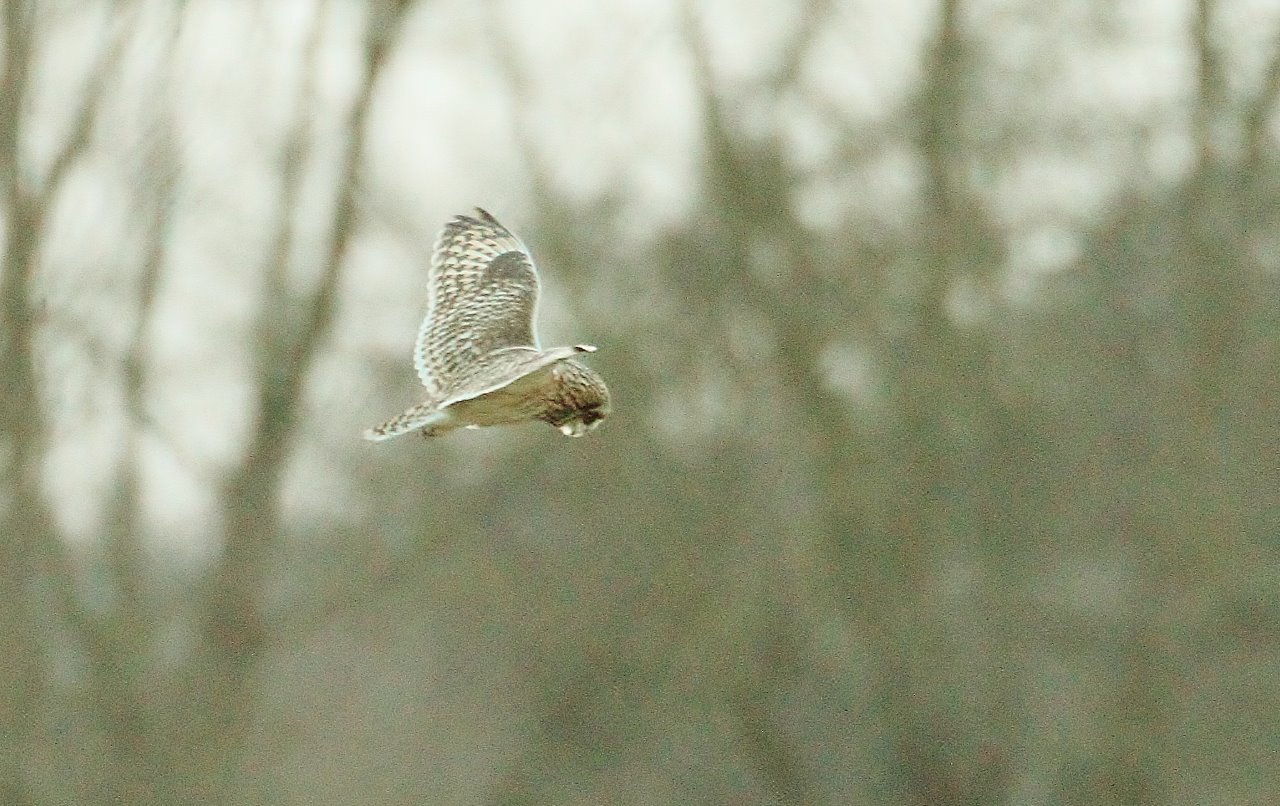
The short-eared owl is largely nocturnal and crepuscular (dusk and dawn), but it is still one of the most active British owls during daylight.
Quartering the field and rowing it’s wings like a giant moth.
Although I have had more than my fair share of sightings since last autumn, and having got a good selection of pictures for my previous reports it was my first recording of one since the new year and a good excuse I thought, to get a few more pictures of what I feel is a truly beautiful critter.
Responses to Birdwatcher’s Diary No.102
Leave a Comment Cancel reply
Please see our comments policy. All comments are moderated and may take time to appear. Full names, or at least initial and surname, must be given.Recent Articles
- Thames Water Faces £122 Million Penalty Following Ofwat Inquiry
- New Knife Crime Strategy for Surrey Announced
- Public Asked for Views on SCC’s Proposal for Reduced Speed Limits
- Guildford Healthcare Staff Celebrated for Transformative Mental Health Support
- Will the Government Help Save Community Pubs? Asks Surrey MP
- A Lighthouse in the Centre of Town Showing the Way to Community
- Letter: SCC Directs Weedkilling Policy
- Library Gets Lottery Grant To Raise Awareness of Green Issues
- Story of Wartime Canadian Army Entertainment Unit Based at Down Place, Guildford
- Flashback: Around the Very Top: Slow Progress to Our First Remote Stop


Recent Comments
- J Holt on Millions of Taxpayer Money Recovered from Railway Fare Dodgers
- J Holt on Summary of GBC Planning Decisions – May 21, 2025
- Kit Collins on Letter: Is This the Ugliest Building in Guildford?
- Barbara Ford on Notice: Have a Blooming Picnic – June 7
- M Durant on Millions of Taxpayer Money Recovered from Railway Fare Dodgers
- Jim Allen on Letter: If GBC Wishes To Be Nature-friendly, Stop Spraying Weedkiller
Search in Site
Media Gallery
Dragon Interview: Local Artist Leaves Her Mark At One of England’s Most Historic Buildings
January 21, 2023 / No Comment / Read MoreDragon Interview: Lib Dem Planning Chair: ‘Current Policy Doesn’t Work for Local People’
January 19, 2023 / No Comment / Read MoreA3 Tunnel in Guildford ‘Necessary’ for New Homes, Says Guildford’s MP
January 10, 2023 / No Comment / Read More‘Madness’ for London Road Scheme to Go Ahead Against ‘Huge Opposition’, Says SCC Leader
January 6, 2023 / No Comment / Read MoreCouncillor’s Son Starts Campaign for More Consultation on North Street Plan
December 30, 2022 / No Comment / Read MoreCounty Council Climbs Down Over London Road Works – Further ‘Engagement’ Period Announced
December 14, 2022 / No Comment / Read MoreDragon Interview: GBC Reaction to the Government’s Expected Decision to Relax Housing Targets
December 7, 2022 / No Comment / Read MoreHow Can Our Town Centre Businesses Recover? Watch the Shop Front Debate
May 18, 2020 / No Comment / Read More





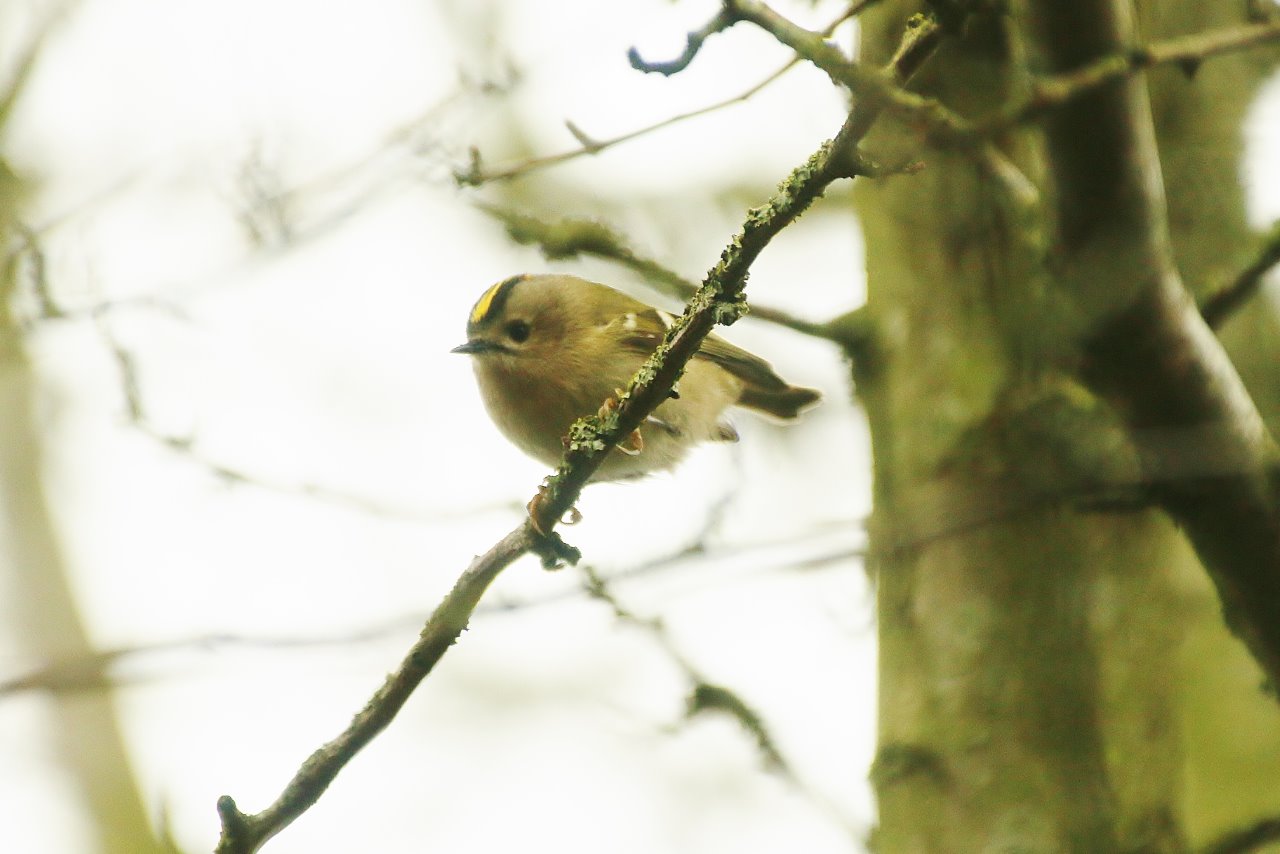








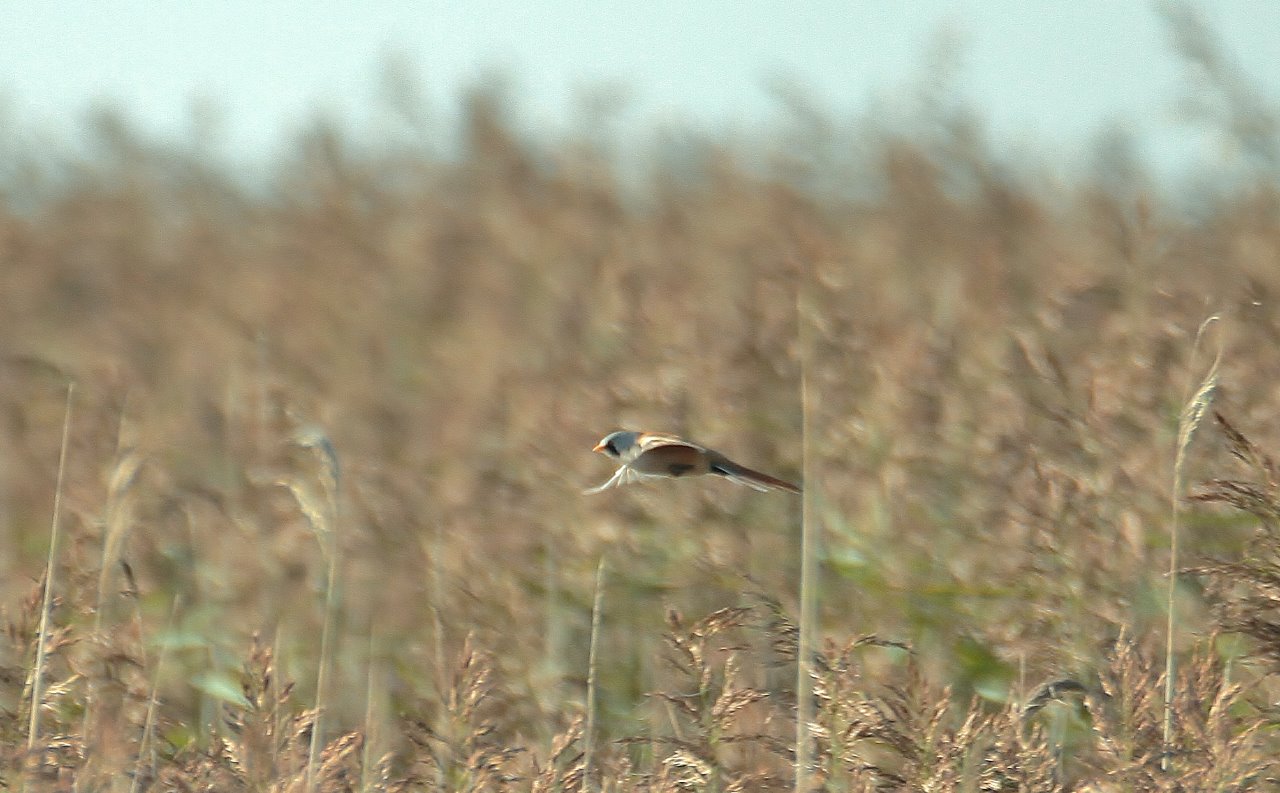

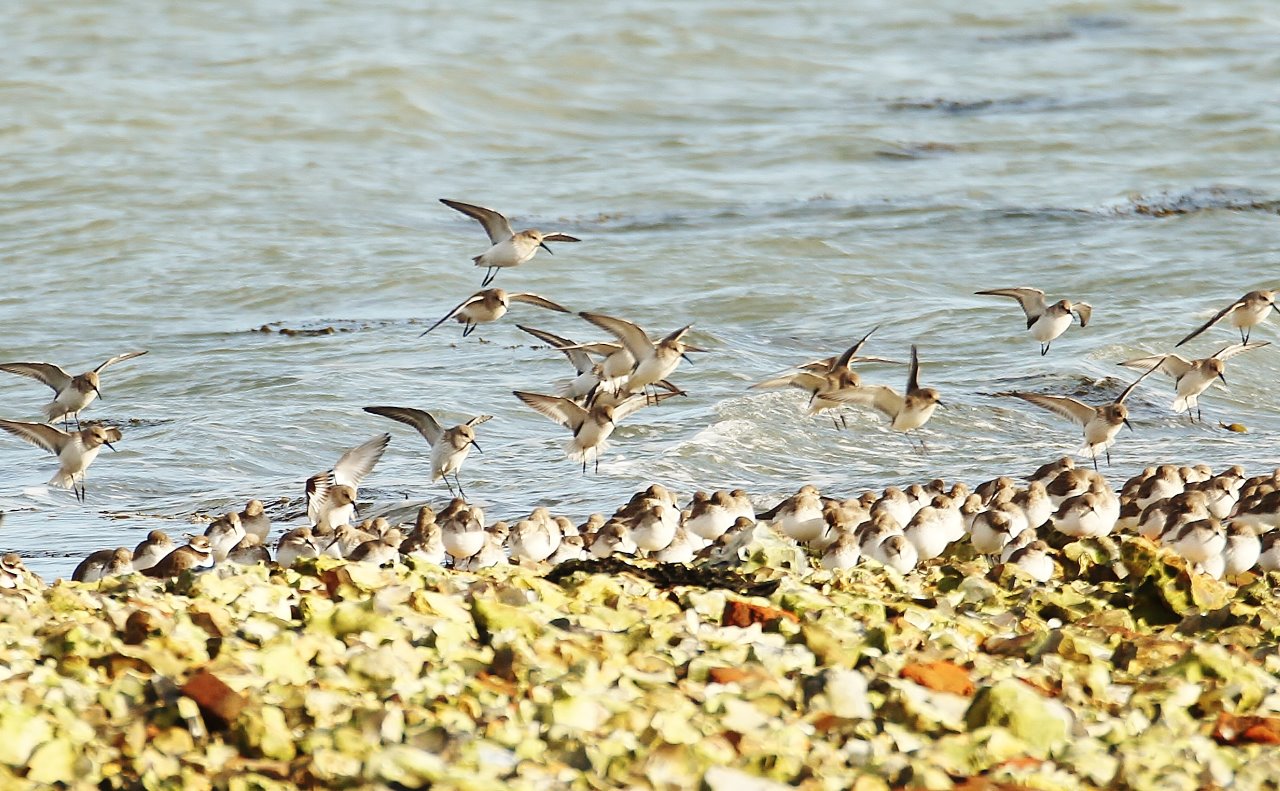


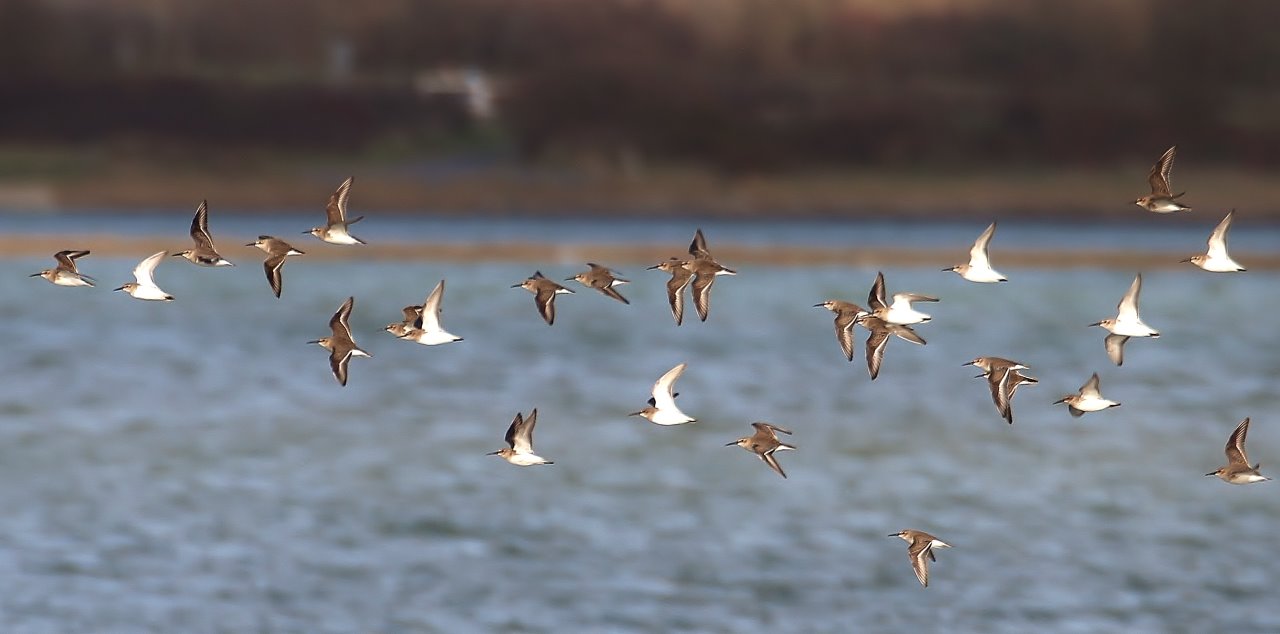
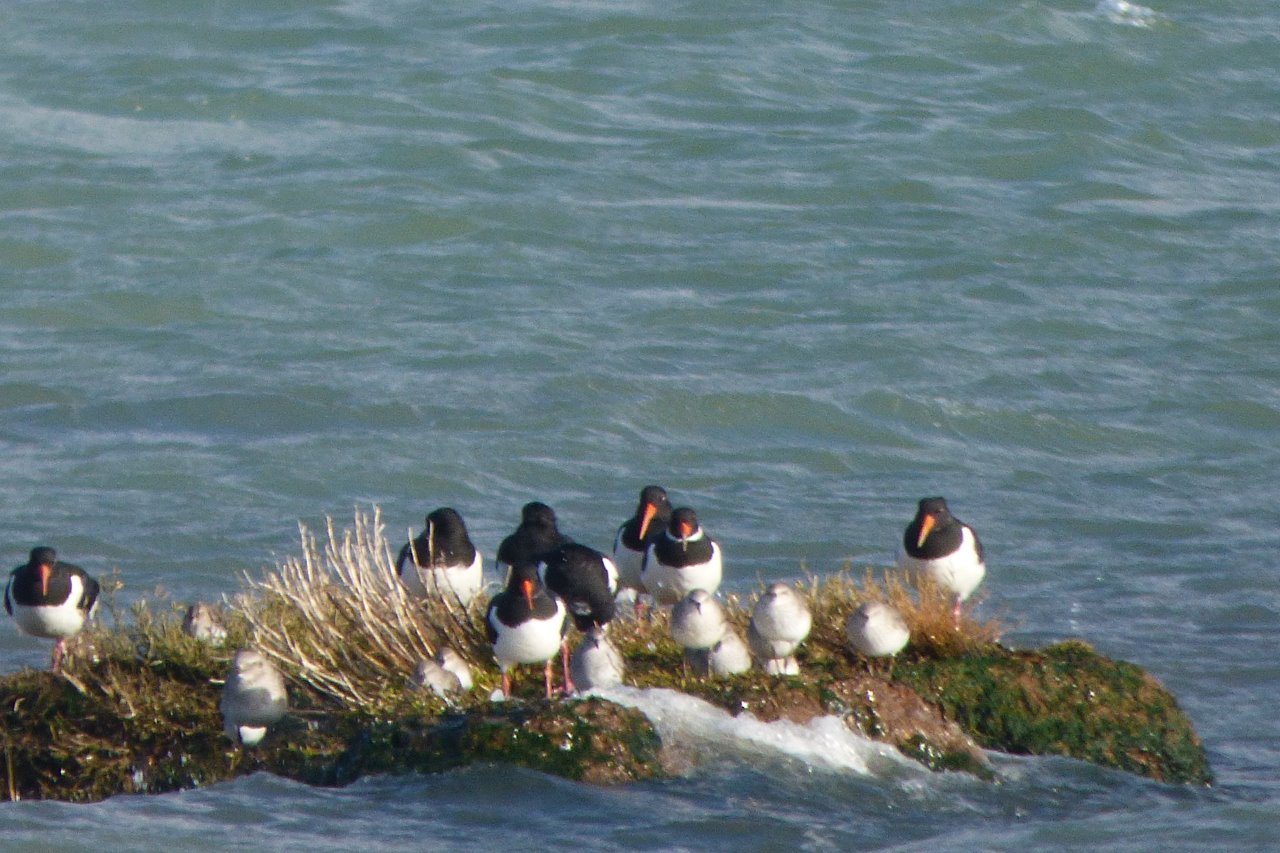
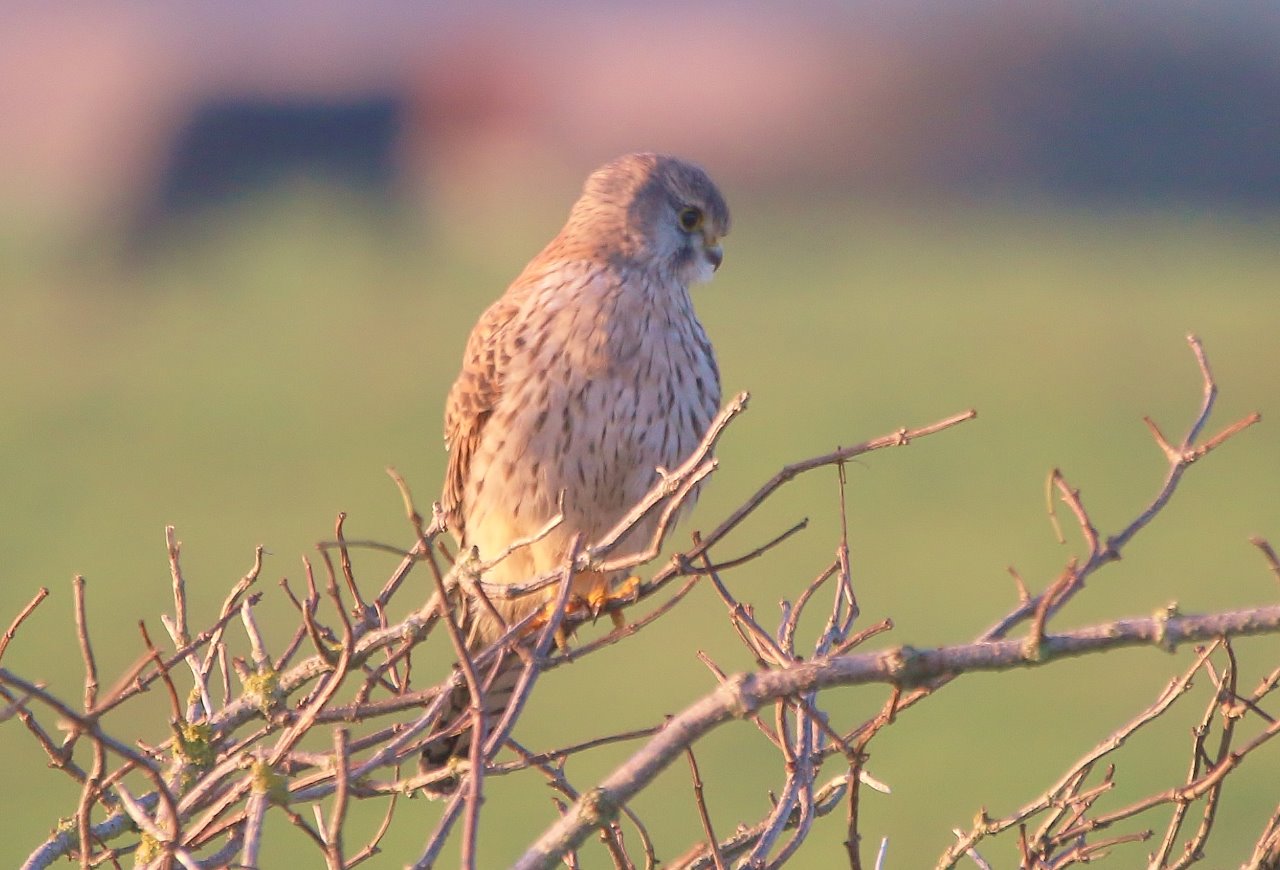


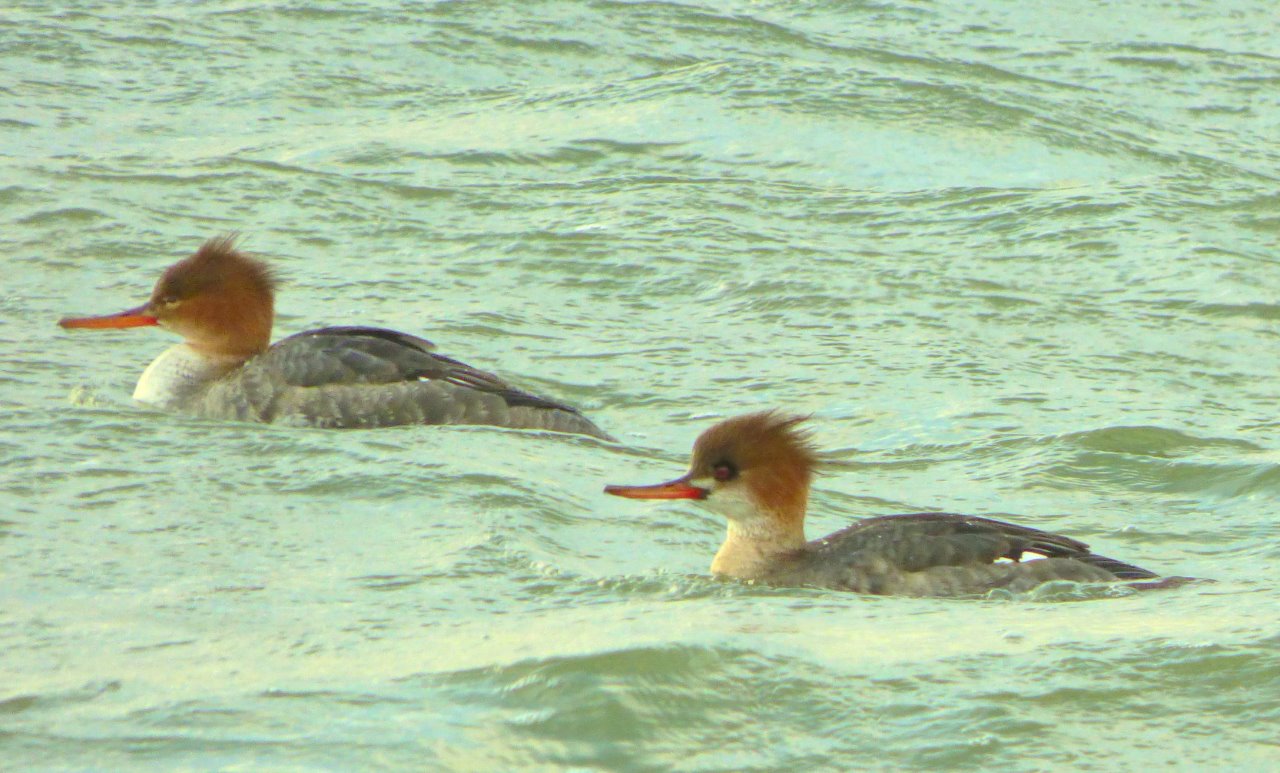

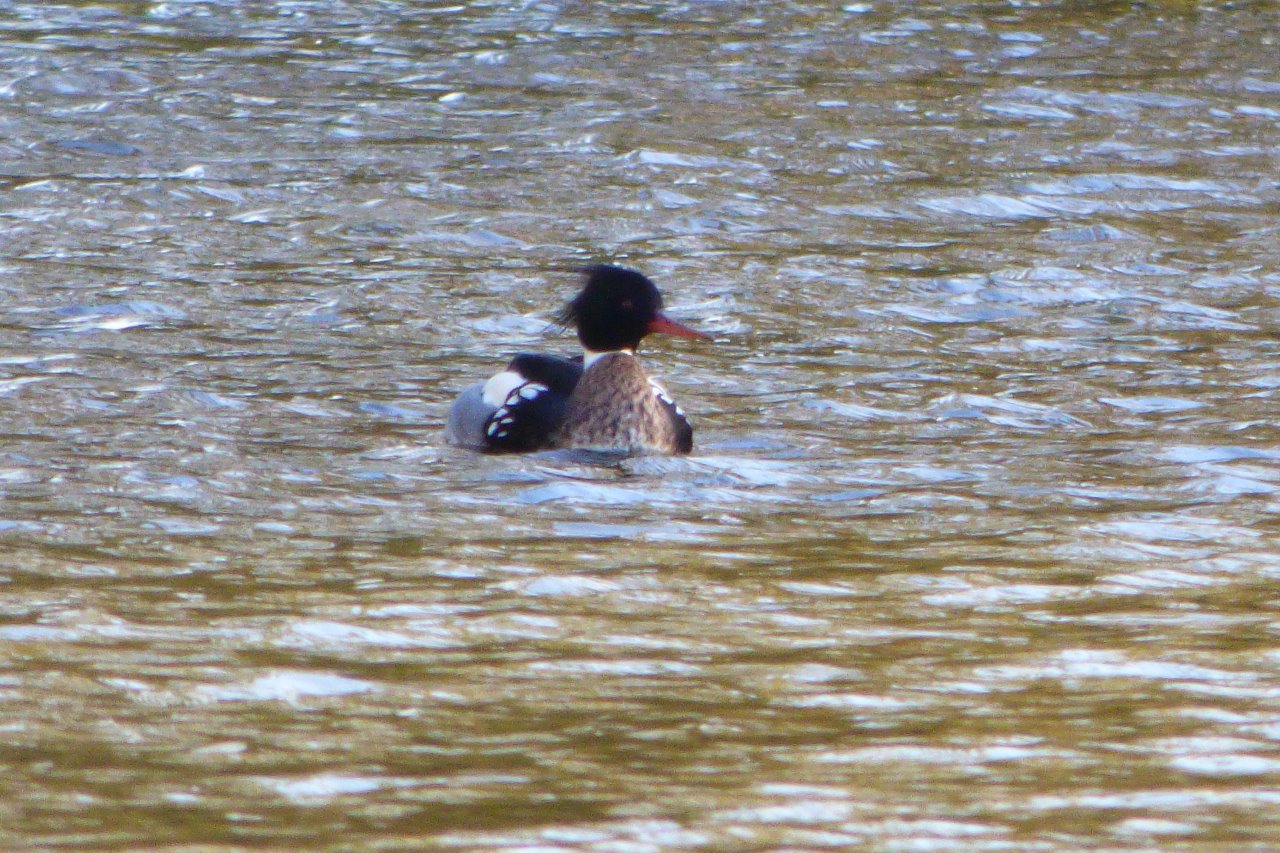










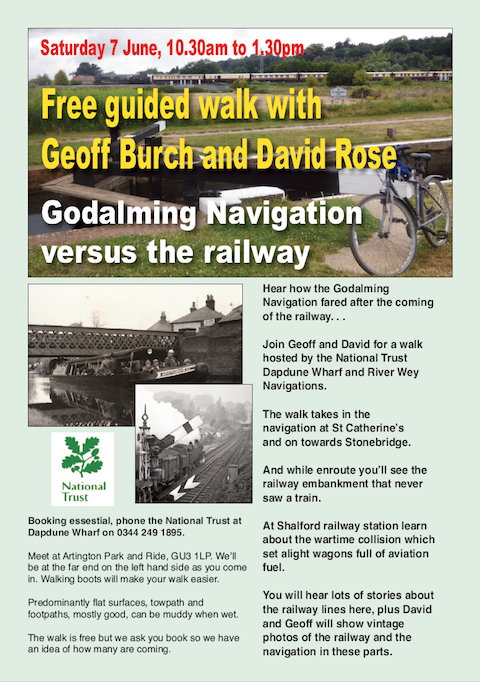


Lisa Wright
February 8, 2016 at 4:20 pm
Malcolm, what are the other three large birds flying with the brent geese?
Malcolm Fincham
February 8, 2016 at 8:13 pm
A good observation and well spotted Lisa.
The only other large birds that I can see within the flock of ‘brents’ are two curlew and there is also a lapwing just in front of one of the curlews which may be the third bird you can see.
Thank you for the challenge and hope I’ve passed the test. (smiley face).
Lisa Wright
February 9, 2016 at 3:34 pm
I didn’t see the curly beaks! The third one is in the top left of the picture. I knew the other birds were lapwings but had to check the under colour as I haven’t actually seen one in the wild for 25 years and couldn’t be sure!
Harry Eve
February 9, 2016 at 7:52 am
Lisa’s comment had me looking more closely at that photo.
As well as the great view of brent geese, it’s like real birdwatching – something else in the distance that you are struggling to identify.
I found a few more lapwings, a Canada goose and a duck in flight with white bars on its wings. Not sure what that is.
I visited Pennymead Lake twice at the end of January and saw the red-breasted merganser both times.
It was courting a female on both occasions and the experts say the female was an red-breasted merganser – very difficult to distinguish from the female goosanders also there (but obvious to RBMs I suppose!).
I am told that they have all moved on now.
Steve Simnett
February 9, 2016 at 11:22 am
Love your long-tailed tit photo, Malcy.
Great photos of the short-eared owl too.
Lisa Wright
February 9, 2016 at 3:39 pm
Harry, I think that duck in the right hand bottom corner is a female teal.
Did you spot the wigeon?
Harry Eve
February 10, 2016 at 8:19 am
Lisa, I checked in my bird book and I think you are right (over to Malcolm).
Is the wigeon the one just ahead of the lower group of brent geese? (Or are you joking?).
Malcolm Fincham
February 10, 2016 at 12:47 am
With risk and fear of turning my comments page into a conversation website with too many others joining in with what they can see from my photos, as amusing and interesting as it is.
I would like to say I think Lisa is correct with the teal and thank you for pointing out the third curlew at top of picture that even I had overlooked.
And thank you Harry for the photo you sent of what I believe to be a female goosander as on close inspection (and without picking up any other ID features) to me the bill hasn’t got that slight ‘upturn’ that a female meganser has and the hook tip looks too prominent.
Sometimes we can see things though different eyes.
It just goes to show what a challenge bird spotting can be.
As the author Eric Berne http://www.skmurphy.com/blog/2012/11/25/eric-berne-a-little-boy-sees-and-hears-birds-with-delight/ once said: “The moment a little boy is concerned with which is a jay and which is a sparrow, he can no longer see the birds or hear them sing.”
Just enjoy at the level we are able to is what I believe.